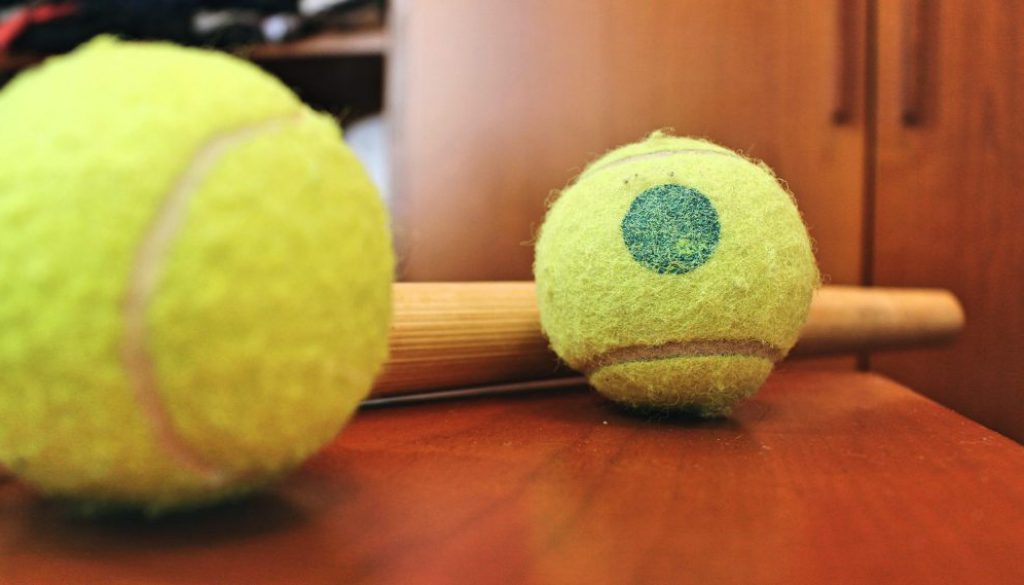Weapon training: exercise spatial intelligence
What we really need to be able to use a martial weapon in a real situation
In terms of martial arts, to be able to use a proper / improper weapon (read Improper weapons in a real situation) does not mean:
- Knowing how to perfectly perform codified forms
- Knowing how to execute fancy juggling tricks
- …
Note – This article has been asked by one of our Core Course practitioners on Patreon (see how to attend our home study classes here Learn Kung Fu online: a beginner-to-expert course).
In part this kind of stuff can help dexterity but if our real focus is being able to fight (eg. in a real self-defense context), it is important to stress that, at the same time, it is:
- Not necessary
- Not sufficient
A note by Master Kongling – I really want to emphasize that we have the utmost respect and admiration for those who perform forms, acrobatics and juggling performances but there is a deep difference between an artistic / technical performance and combat (read How to learn to fight: all the steps).
The truth is that we need to be able to manage the chosen weapon:
- In sparring (read Martial arts sparring [MINI-GUIDE])
- In dynamic random contexts
This is the exact reason why we are sharing the exercise we are going to see: it directly helps us to reach the second goal.
A note by Master Konling – To deepen the full path that our students follow in 6 Dragons Kung Fu, we can read Learning the use of real weapons.
An exercise to develop spatial intelligence
The premises
Our starting points:
- Spatial intelligence is the ability that in our school we identify as “primary” for a practitioner (read The most important skill in combat)
- This exercise (already described for the free body, read Reflexes and spatial intelligence: an exercise with the Tennis Ball) may be performed with flexible weapons (rope, Nunchaku, etc.) as with rigid ones (stick, knife, etc.), the only precaution is to execute it only with training tools (no sharpened blades, non-hazardous materials, etc.)
- We insist a lot on the implementation of unorthodox training methods (read why in The use of unorthodox methods)
- This is absolutely not a practice for beginners
- …
To perform this exercise we need:
- The right technical level
- A basic control over our power and speed
- A good balance (eg. it is useless to try this practice if we are not suited to work with the first 3 fundamental practices of our school, read )
- The necessary basic control over the weapon (eg. if we feel it is too heavy we will fail)
- …
The base of the exercise
Here is the exercise (in its simplest version):
- Let’s find a closed room (neither small nor large but devoid of delicate objects)
- Let’s advise people near us that we are training with weapons and let’s follow all the security rules listed in How to train without risks (for their security and ours)
- Let’s take a couple of Tennis balls, 1 classical and 1 with reduced elasticity (eg. the ones for dogs)
- Let’s choose the weapon we want to use (rope, sai, 3-section stick, etc.)
- Let’s start simple, let’s make the ball bounce on the ground (with a random force and direction)
- Let’s try to hit the ball with the weapon before it hits the ground a second time
A note from Master Kongling – While we may have already had ample opportunity to work with our chosen weapon, we will likely realize how different it feels to strike a target traveling freely through the air at high speed. It’s about reaching a very specific point in space, in an extremely precise time (which potentially changes every time).
The next step: the variants
When we become able to accurately hit the ball, we can move on to more complex and advanced versions of this practice:
- Sometimes, we can change the ball with the other one (with damped elasticity)
- We can throw the ball and hit it in the air before it hits the ground (this is slightly more difficult)
- We can “fight” with the ball and its rebounds on the wall / floor / ceiling, trying to never stop its bouncing (much harder)
- We can “fight” with the ball in the presence of obstacles on the ground (let’s choose non-hazardous ones)
The goal
What we aim to teach our mind, is to perform complex calculations about the scenario and the interaction between its elements (in terms of speed, power, distances, directions, etc.):
- Instantaneously and instinctively with an high-level of precision (read Introduction to the idea of Precision Control)
- Without losing focus on the surrounding environment (read also The overall view: see everything, do not look at anything)
- …
The ideal goal is to be able to project the effectiveness of our weapon at the speed of thought in an infinitely small time / space.
A note by Master Kongling – This, together with the absorption of: a good technique, constant practice, deception capability, etc. means knowing how to fight with a weapon (all the rest is simply secondary).
In the next article of this series, we will see more exercises with weapons.
In-depth video courses
- Basic 6 Dragons Kung Fu weapons – A video course about the fundamental martial weapons of 6 Dragons Kung Fu
- Basic 6 Dragons Kung Fu Exercises – The most complete explanation of the fundamental exercises of our school
- Advanced speed and reflexes training – A path to constantly increase combat speed
In-depth articles
- Flexible weapons: how to defend with a nunchaku – A topic that is rarely faced in relation to the nunchaku
- The “T” weight: an exercise to master weapons – How to build the right wrists conditioning to manage the weight of our weapon
Questions
Reply in the comments and share your experience:
- Can you hit the ball with your weapon?
Author: Master Kongling
Founder of 6 Dragons Kung Fu.How to master 6 Dragons Kung Fu?
Are you searching for:
- Daily training exercises?
- Synthetic theory and concepts?
- A step by step path from white to black belt?
- A path (clear, consequential and gradual) designed to build real martial skills?
- A direct contact with Master Kongling?
Go to our Patreon page and choose a training plan: starting from the Practitioner level, you will gain access to all this and much more.
Inside each Premium Lesson, you will receive the same teaching (practices, tips, concepts, small secrets and corrections) reserved to the live students of Master Kongling.
Important - Once a certain number of registrations are reached, no other participants can be accepted. For more information write to: [email protected].











June 26, 2020 @ 3:45 pm
It is not easy 😀
June 26, 2020 @ 5:41 pm
😉